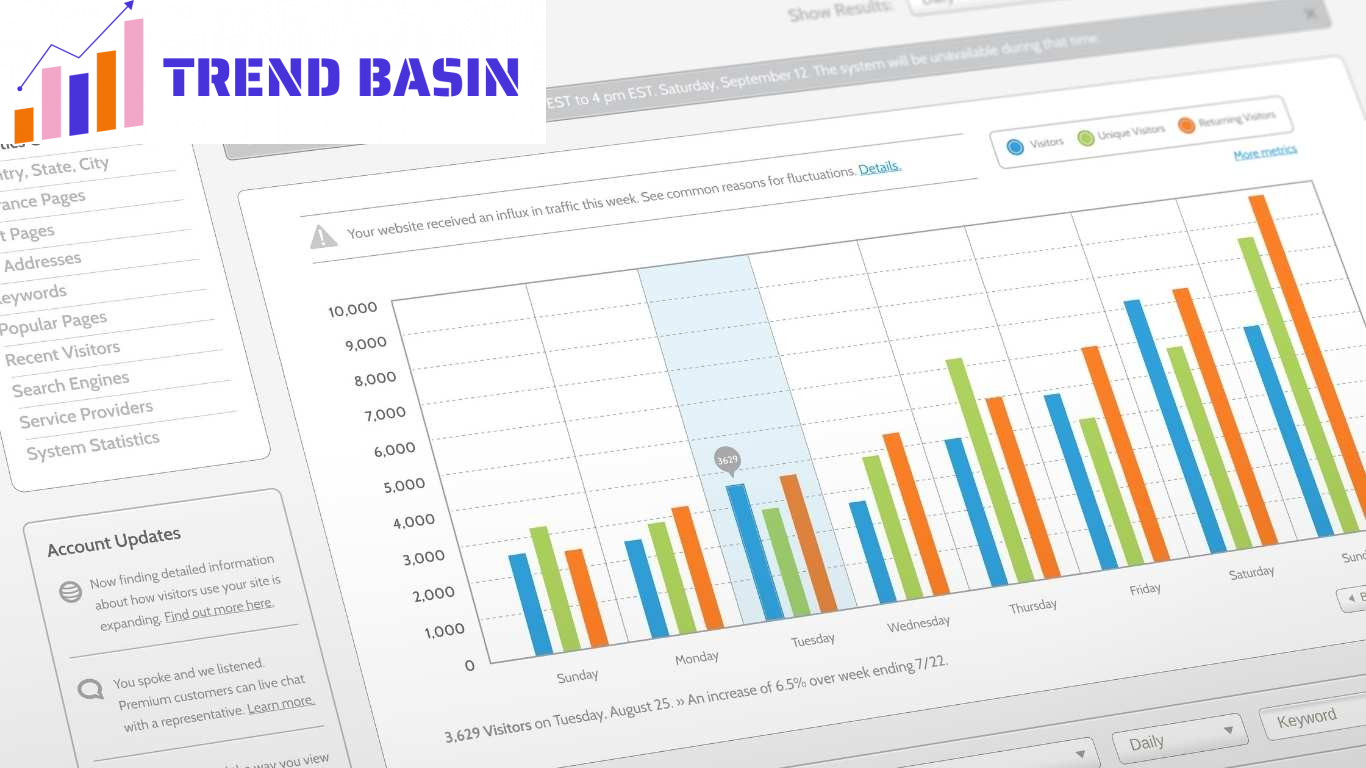Mobile Commerce Optimization: Best Practices for Mobile Shoppers
Mobile commerce, or m-commerce, has revolutionized the way consumers shop online. With the surge in smartphone usage, particularly in markets like Singapore, mobile commerce has become a dominant force in e-commerce.
According to recent data, mobile devices account for more than half of all web traffic globally. This shift is reflected in Singapore’s e-commerce landscape, where over 80% of online shoppers are making purchases via mobile devices.
If you’re running an e-commerce business, optimizing your store for mobile shoppers is critical to stay competitive and maximize revenue.
In this comprehensive guide, we’ll explore how you can optimize your e-commerce site for mobile users. From implementing a mobile-first design to improving mobile SEO, enhancing the mobile checkout process, and adopting mobile-specific marketing strategies, these insights will help you create a seamless and engaging mobile shopping experience.
Table of Contents
ToggleKey Takeaways
- Mobile commerce is essential for businesses as mobile shopping continues to rise.
- Mobile optimization involves fast loading times, responsive design, and a streamlined checkout process.
- Personalization and mobile-specific marketing strategies improve engagement and conversions.
- Analyzing mobile data provides valuable insights for further optimization and better user experience.
1. The Importance of Mobile Commerce
With mobile devices becoming the primary gateway for online shopping, businesses must prioritize mobile optimization. E-commerce transactions are increasingly shifting to mobile platforms, driven by convenience and the continuous improvement of mobile technology. But why is mobile commerce so critical?
- Rising Mobile Usage: Statistics show that mobile commerce has been growing exponentially. According to eMarketer, global mobile commerce sales are projected to hit $3.56 trillion in 2024, accounting for nearly 73% of total e-commerce sales. In Singapore, smartphone penetration is over 88%, making it essential for businesses to meet the needs of mobile shoppers.
- Consumer Behavior: Customers are no longer willing to tolerate websites that are not optimized for mobile. In fact, 53% of mobile users will leave a page if it takes longer than three seconds to load. For e-commerce businesses, this means lost sales opportunities and a negative brand experience.
- Improved User Experience (UX): Optimizing your e-commerce website for mobile provides users with a better experience. A mobile-optimized site allows visitors to navigate easily, browse products quickly, and complete their purchases without friction.
Tip: Ensure your mobile site is responsive and built with user experience in mind to create an engaging and frictionless mobile shopping journey.
2. Mobile-First Design: A Critical Foundation
When it comes to mobile commerce, the design of your website can make or break the user experience. A mobile-first design ensures that your site is optimized for mobile devices before adapting it for desktop. This approach helps prioritize mobile usability and ensures a consistent experience across all devices.
- Responsive Web Design: A responsive design adjusts automatically to fit different screen sizes, whether users are accessing your site on a smartphone, tablet, or desktop. This is crucial for maintaining the integrity of your layout and ensuring a smooth user experience on mobile devices. Additionally, responsive design is favored by Google, which means it can positively impact your search engine rankings.
- Simple and Intuitive Navigation: Mobile users prefer quick and easy navigation. Avoid clutter by simplifying the layout and reducing the number of clicks required to reach the desired product. Use clearly visible navigation bars, menus, and product categories to ensure a smooth browsing experience.
- Touch-Friendly Elements: Mobile users interact with websites using touch gestures, so it’s important that all clickable elements, such as buttons, links, and images, are large enough to tap easily. Ensure that there’s enough space between clickable elements to prevent users from accidentally tapping the wrong option.
Tip: Test your website on multiple devices and screen sizes to ensure the design is consistent and user-friendly across all platforms.
3. Speed Matters: Optimizing for Fast Loading Times
One of the most crucial aspects of mobile commerce is speed. Mobile shoppers expect fast, seamless browsing and purchase experiences. Slow loading times can lead to high bounce rates and abandoned carts, negatively affecting your conversion rates.
- Optimize Images and Videos: Large, unoptimized images and videos can slow down your website. Compress your media files without sacrificing quality to ensure faster loading times on mobile devices. Use next-gen image formats like WebP for better compression and faster load times.
- Minimize HTTP Requests: Every element on your page (images, scripts, stylesheets) generates a separate HTTP request. By reducing the number of elements on your page, you can decrease the number of HTTP requests and speed up your website.
- Leverage Browser Caching: Browser caching allows returning visitors to load your site faster by storing some elements of your website in their browser memory. This reduces the need to re-download files when they revisit your site.
- Reduce Redirects: Redirects add additional load time. Minimize the number of redirects on your mobile site to improve loading speed.
Tip: Use tools like Google’s PageSpeed Insights to analyze your mobile site’s performance and identify areas for improvement.
4. Mobile Checkout Optimization
The checkout process is one of the most critical stages of the customer journey. A complicated or time-consuming checkout can lead to cart abandonment, particularly on mobile devices. Simplifying the checkout process is key to converting mobile visitors into paying customers.
- Guest Checkout: Many mobile users prefer not to create an account just to make a purchase. Offering a guest checkout option allows them to complete their purchase quickly without the hassle of registration.
- Streamlined Forms: Ensure your checkout forms are mobile-friendly by minimizing the number of required fields. Use autofill options to help customers complete their information faster, and ensure that mobile-optimized keyboards are used (e.g., numeric keyboards for entering credit card information).
- Mobile Payment Options: Offer a variety of mobile-friendly payment options such as Apple Pay, Google Pay, and PayPal. These payment methods allow for one-click transactions, making it easier and faster for mobile users to complete their purchases.
- Progress Indicator: Display a progress indicator during the checkout process so customers know how many steps remain before completing their purchase. This can reduce frustration and increase the likelihood of completing the transaction.
Tip: Regularly A/B test your checkout process to identify any friction points and continuously improve the mobile user experience.
5. Personalization for Mobile Shoppers
Personalization is key to delivering a better mobile shopping experience. Mobile shoppers expect personalized product recommendations, tailored promotions, and relevant content.
- Product Recommendations: Use data-driven algorithms to recommend products based on the shopper’s browsing history, preferences, and past purchases. Personalized recommendations increase the likelihood of upselling and cross-selling products.
- Location-Based Offers: Mobile devices often share location data, allowing you to send personalized offers based on a customer’s geographic location. For example, if a shopper is near one of your physical stores, you can send a mobile notification with a special in-store discount.
- Targeted Push Notifications: If you have a mobile app, push notifications can be an effective way to re-engage customers with personalized offers and reminders. Ensure that notifications are relevant and sent at appropriate times to avoid annoying users.
Tip: Use analytics tools to track mobile user behavior and continuously refine your personalization strategies.
6. Enhancing Mobile SEO for Increased Visibility
With mobile-first indexing, Google now uses the mobile version of your website for indexing and ranking. This means that optimizing your site for mobile SEO is essential for improving your search engine rankings and driving more organic traffic to your site.
- Mobile-Friendly Design: Ensure your website is mobile-friendly by using a responsive design and a mobile-first approach. Google’s Mobile-Friendly Test tool can help you assess how well your site performs on mobile devices.
- Page Speed Optimization: As discussed earlier, page speed is a key ranking factor for mobile SEO. Improving your site’s load times can boost your search engine rankings.
- Voice Search Optimization: Voice search is becoming increasingly popular on mobile devices. Optimize your content for voice search by using natural language, long-tail keywords, and answering common questions directly in your content.
- Local SEO: For mobile users, local search is critical. Ensure your business is optimized for local SEO by including your business’s name, address, and phone number (NAP) on every page. Also, claim your Google My Business listing and encourage customers to leave reviews.
Tip: Regularly monitor your mobile search rankings and adjust your SEO strategy to stay ahead of the competition.
7. Analyzing Mobile Traffic and User Behavior
Understanding how mobile users interact with your website is key to optimizing your mobile commerce strategy. Analytics tools provide valuable insights into mobile traffic, user behavior, and conversion rates.
- Google Analytics: Google Analytics allows you to track key mobile metrics such as bounce rates, session duration, and conversion rates. You can also segment your data by device type to see how mobile performance compares to desktop.
- Heatmaps: Tools like Hotjar and Crazy Egg allow you to visualize user behavior on your mobile site. You can see where users click, how far they scroll, and which elements are most engaging. Heatmaps help identify areas of friction that may be causing users to leave your site.
- A/B Testing: Continuously A/B test different elements of your mobile site, such as call-to-action buttons, page layouts, and checkout flows, to optimize for higher conversions. Small changes can have a significant impact on mobile conversion rates.
Tip: Use analytics to make data-driven decisions and implement changes that enhance the mobile shopping experience.
Conclusion
Mobile commerce is no longer just an option—it’s a necessity for any business looking to thrive in the digital age. By optimizing your e-commerce site for mobile shoppers, you can enhance user experience, increase conversions, and stay ahead of the competition.
From mobile-first design to optimizing checkout processes and personalizing the user experience, there are multiple strategies you can implement to succeed in the mobile commerce space.
Make sure to follow Trend Basin on LinkedIn and Facebook to stay updated on the latest tips and trends in mobile commerce and e-commerce optimization!


